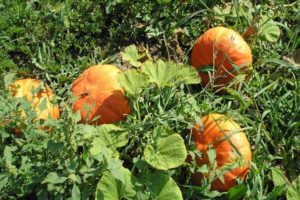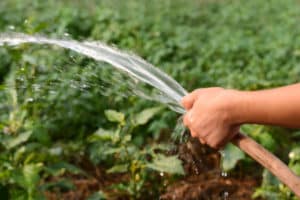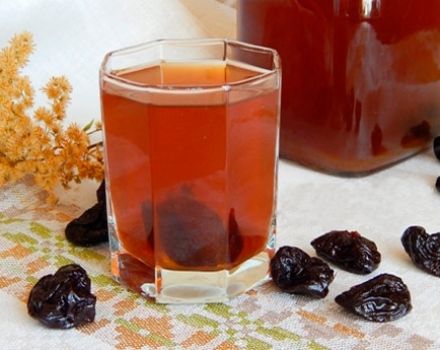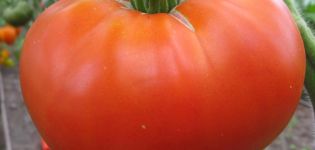Description of the pumpkin variety Karavai, cultivation features and yield
Pumpkin Loaf is an outstanding representative of the melon culture. Due to the good yield and usefulness of the product, the species is appreciated by Russian gardeners. To get a good return of the fruit, it is recommended to know in advance about the nuances of growing the variety.
Description of the variety
The loaf is an early fruitful pumpkin variety. The first fruits are obtained in 90-100 days from the moment the first shoots appear. The bushes have an average climbing ability.
The fruits have a rounded turbid shape. The average weight of one vegetable varies from 1.7 to 4 kg. The bark of a pumpkin of medium thickness protects well from external mechanical influences; on the outer surface there are weakly expressed longitudinal light stripes. The pulp has a bright orange color, crumbly structure. A distinctive quality of the variety is the sweet taste of a vegetable with a rich melon aroma.
The variety has high yield rates. On average, 13 to 17 kg are removed from one plant during the growing season. A feature of the fruit is its good storage capacity, which preserves the taste and richness of the aroma of vegetables.
Growing
In Russian regions, the variety is grown in seedlings to obtain an earlier harvest and provide the necessary time for fruit ripening. Sowing of planting material begins in April. In areas with warm climates, seeds are planted in pre-prepared soil in May or June. The recommended planting depth of seeds in the soil is a distance of 4 to 6 cm.
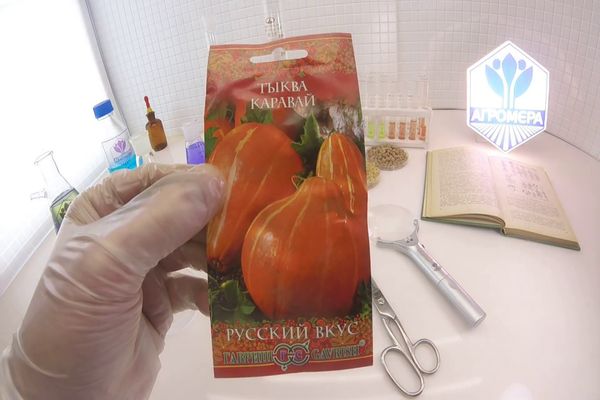
When planting in a permanent growing area, the recommended planting scheme should be followed. The geometry is determined so that the rule of maintaining a distance of 60 × 60 cm is maintained. Planting is carried out when the plant has 3 or 4 true leaves and there is no threat of frost. At the same time, the soil should warm up to 14 C.
In conditions of insufficient territory, the vertical method of cultivation is practiced. In this case, the lashes are provided with vertical support, and the fruits at the time of ripening are tied up or placed in a net.
Care features
To obtain high yields of pumpkin fruits, it is important to ensure regular watering and provide the plant with the necessary amount of minerals with the help of periodic feeding. The first is carried out after 10 days from the moment the plant is planted in a permanent place. It is necessary to choose a sunny territory for growing, with a lack of light, the fruits will be small and low-sugar.
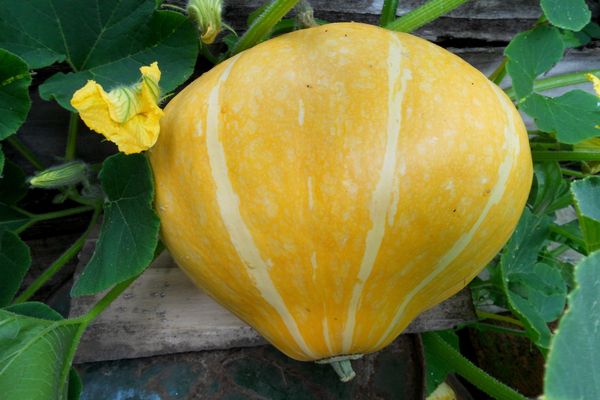
In order for the plant to grow strong and be able to deliver the required amount of nutrition to the fruits, it is necessary to timely pinch the growth point of each of the lashes, which is done on 60 days.
Do not overly moisten the soil, since in this case melons and gourds form large fruits, but inside they will be empty and the pulp of vegetables will be tasteless without the proper sugar content. At first, watering is limited and resumed in full until the fruits reach the size of an apple, otherwise the food will go to greens.
After the appearance of fruits of the proper size, all the leaves are removed, which cover the vegetables from the sun. When forming additional shoots with pumpkins, the stem is powdered to allow the formation of additional roots.
Advantages and disadvantages
Pumpkin Sweet loaves are famous for their good yields and ease of care. The culture is not afraid of drought and has a high immunity to various diseases and pests.
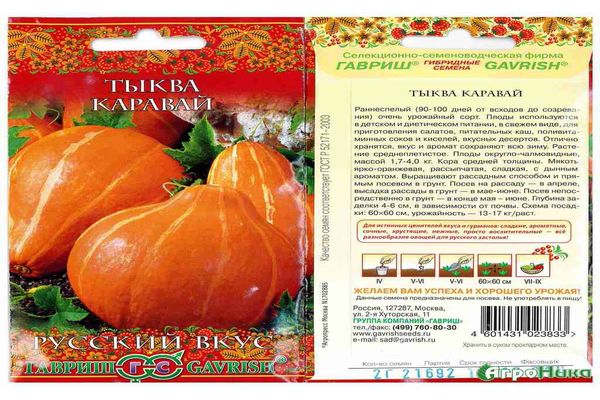
The main advantage is the taste and rich composition of the fruit. Due to the rich content of nutrients, nutritionists recommend such a product for baby and diet food. It is especially useful to use pumpkin in the presence of the following diseases:
- cardiovascular pathology;
- the problem of the functioning of the liver and kidneys;
- tendency to gallstone disease;
- with problems in the digestive system, including with high acidity and chronic inflammation.
Regular consumption of pumpkin helps to reduce the problem of hypertension. Due to the rich fiber content, when using the product, the body is cleansed of toxins.
Pests and diseases
The pumpkin variety has good immunity, and the risks of phyto-infections in such plants are minimized... The most common diseases are bacteriosis and powdery mildew.
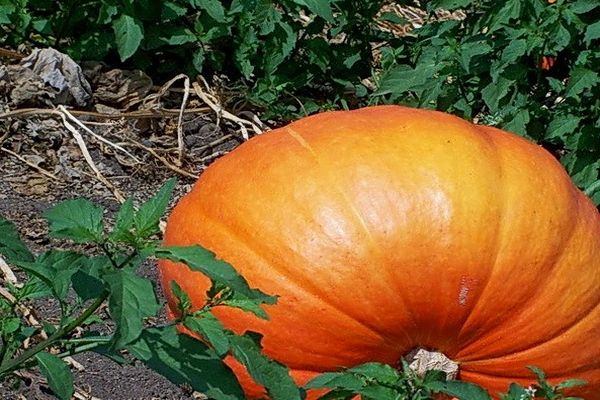
With bacteriosis, dark green spots appear on the leaves, which dry out and crumble over time, which leads to the formation of holes in the leaf plates. To prevent the disease, seeds are treated with 0.02% zinc sulfate before planting.
With powdery mildew, whitish specks appear on the leaves, which over time completely cover the entire surface of the plate. In this case, spraying with sodium, phosphoric acid solution or based on colloidal sulfur is used.
Harvesting and storage
The fruits are harvested after the first frost. The ripeness of the pumpkin can be determined by the pressure on the bark. When pressed on the surface with a fingernail, the finished vegetable is not pressed, which is a signal of the possibility of harvesting. Store vegetables in a cool dark place.
Gardeners reviews
Anastasia, 42 years old:
«We grow pumpkins for many years, constantly trying new varieties. The loaf pleased me with its yield and unusual taste of the pulp, along with the sugar taste, there is a slight melon flavor. The variety is ideal for making mashed potatoes and cereals. "
Miroslava, 24 years old:
“A productive variety with large fruit sizes. Excellent taste in comparison with similar varieties. Among the shortcomings, I would like to note the need for a rather large area to accommodate many lashes. "
